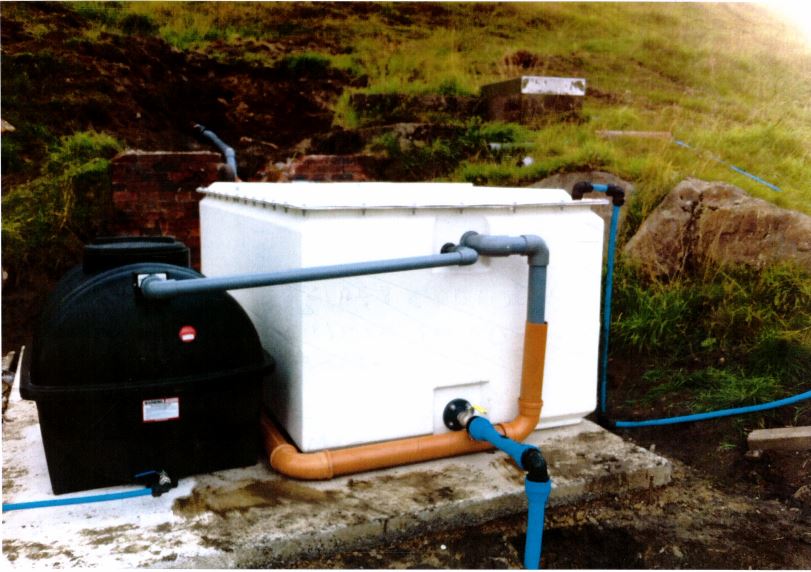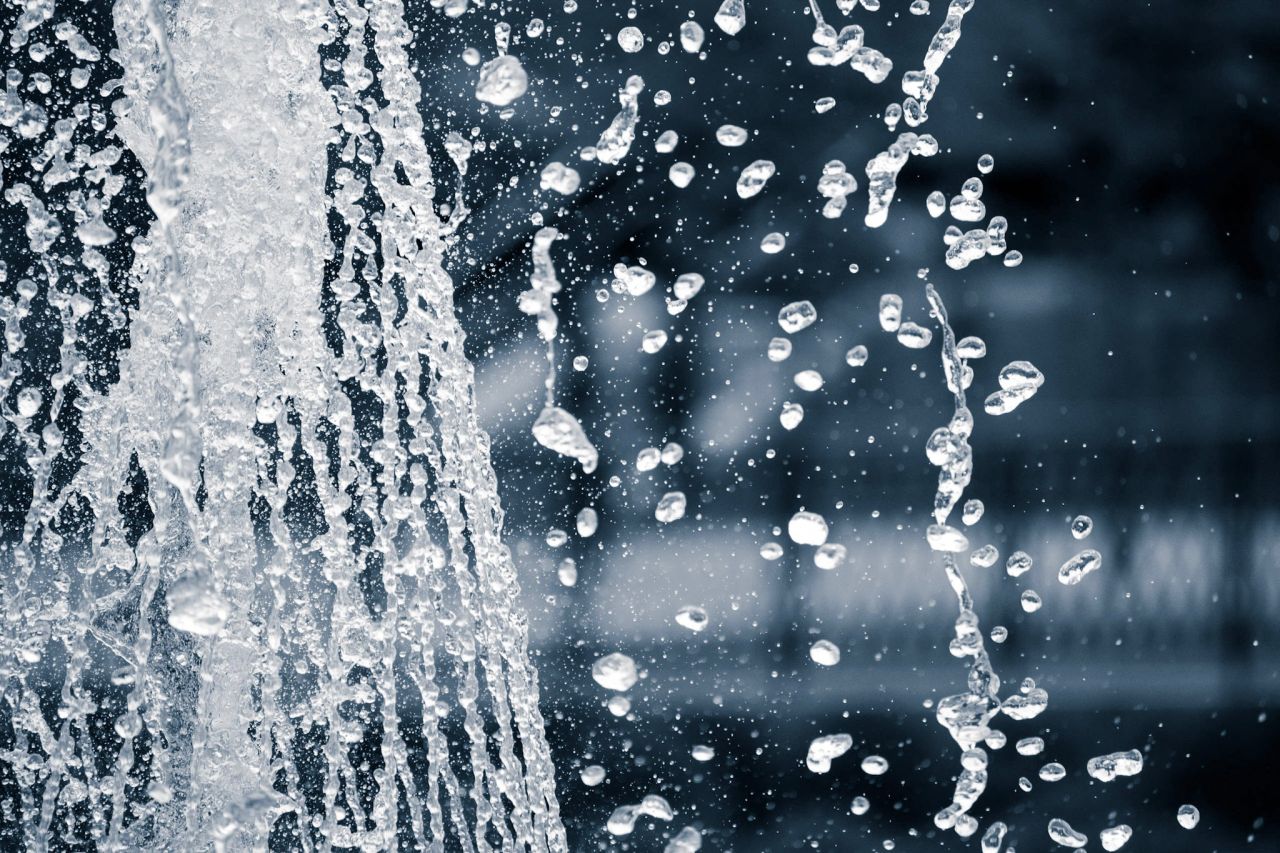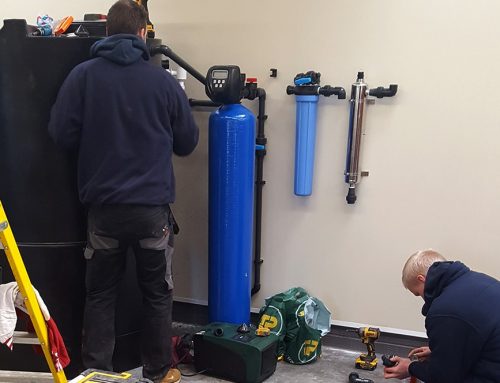Under the Private water supplies regulations a multi barrier approach to preventing contamination of private water supplies is required.
In context of a spring water supply system the first line of protection is normally the Spring collection tank. Quite often these tanks have been poorly installed and haven’t been maintained properly over the years. That results in the spring water supply failing at the first hurdle of the multi barrier approach process, allowing contamination to enter the supply, the water quality to degrade and passed onto the point of use; for example if a rabbit dies next to them this can cause contaminants to enter the system and effect the whole supply.
We recently attended one such site where it was evident the old spring water storage tank was inadequate, allowing potential contamination into the system. The site was further complicated by three separate supplies that needed to be provided with water from one storage tank, two potable supply lines and one non-potable used for an animal drinking feed.
After an initial site visit we designed a new spring collection tank which complied with modern private water supply regulations standards. This new system integrated two separate delivery lines from the newly installed potable standard water storage tank – including a submersible pump to pump uphill to a single household on one of the lines. The water is also stored via a secondary storage tank which delivers solely to the trough for animal use.
The end result is a spring water storage header tank has been brought into the 21st century, delivering to multiple lines with multiple uses and in particular the spring head tank is protected from potential contamination as part of the aforementioned multi barrier approach to comply with private water supply requirements.
Is your spring water supply compliant? Feel free to contact us with any questions or advice you may need.



